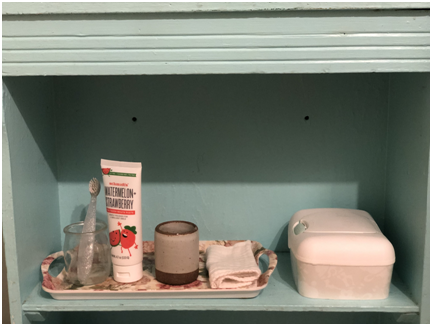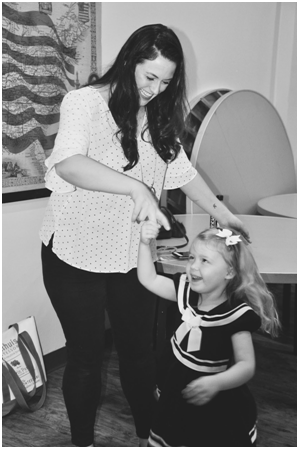Bath Time
As teachers we enjoy supporting our parents and giving them great advice to carry the Montessori method into the home. Many parents would like to partner with us and mirror our approach at school, but don’t know how! Here are some tips you could share with parents to help make the bath-time routine a little smoother, a lot more Montessori, and help feed every child’s budding sense of independence and confidence. Let’s help spread peaceful parenting one family at a time.
Create a Visual Schedule
When you’re a toddler there are many things that are out of your control. You can help involve a child in the process by talking with them beforehand about their nightly routine.
“What do we need to do before we go to bed?” Come up with a list of things: bath time, brush teeth, read books, etc. As they come with ideas, parents may place a picture or draw together a picture of the activity on a piece of paper or board. Children like to know what’s coming before it does (so they have time to process.) A visual schedule can also help a lot with this need!
Prepare the Environment for Independence
Invite the child to turn on the bath with guidance, helping to check the temperature of the water and talking about which side makes it hotter and which side makes it cooler, allowing them to turn the knobs some.
Prepare the bath with tiny soaps rather than large bottles that can get messy quickly. Hotel soaps are usually the perfect size for little hands!
Use tiny travel size bottles with just the right amount of shampoo or conditioner. Show your child how to squeeze it into their hands first and rub into their hair. Then let them have a try!
Hang low hooks in the bathroom so your child is able to retrieve and hang their own towel.
When it comes time to brush teeth, provide a low stool for the child so they can get up to the sink and mirror on their own. Place the toothbrush close enough so they are able to reach it independently. A toothbrush timer will let your child know how long to brush for before it’s your turn to help! Travel size toothpaste helps ensure they are able to get some paste onto the toothbrush independently creating less of a mess.
Parents may feel like letting their child take over some of the nighttime routine slows down the process. It’s important we communicate that when we allow children to practice doing things themselves we empower them. When we jump in to do it for them, we unintentionally send the message that we do it better than them. Either we spend time guiding them how to do things themselves now, or we spend more time later on doing it for them. Either way, we spend the time.













